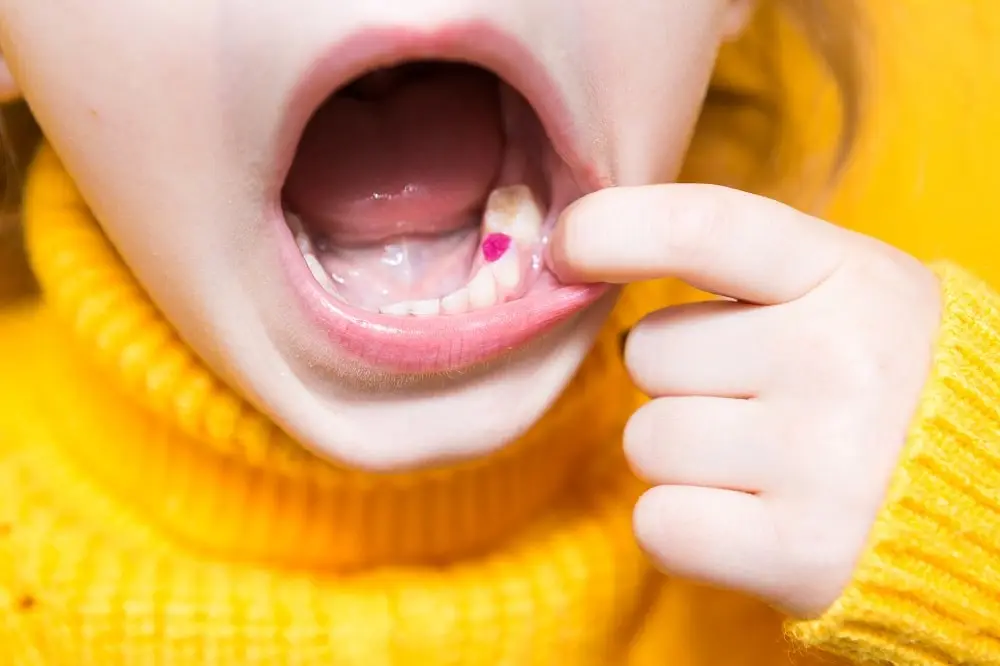Last Updated on: 4th December 2024, 04:22 pm
If you are wondering why you have a toothache after a filling, you must first know what the root problem is. Dental caries are one of the most frequent diseases in the world. It is estimated that approximately 3,500 million people suffer from it, most of whom are adults with children at a lower percentage. Dental caries occurs when the bacterial plaque that forms on the teeth forms acids that destroy its structure, opening cavities that affect both aesthetics and function. This condition is completely preventable if good oral hygiene is practiced and the dentist is visited periodically – at least twice a year. But if the cavity already exists, filling materials generally made of resin are used.
Table of Contents
ToggleWhat are Dental Fillings?
Dental fillings are procedures that eliminate cavities in affected teeth. The objective is to restore the aesthetics and function of the affected teeth.
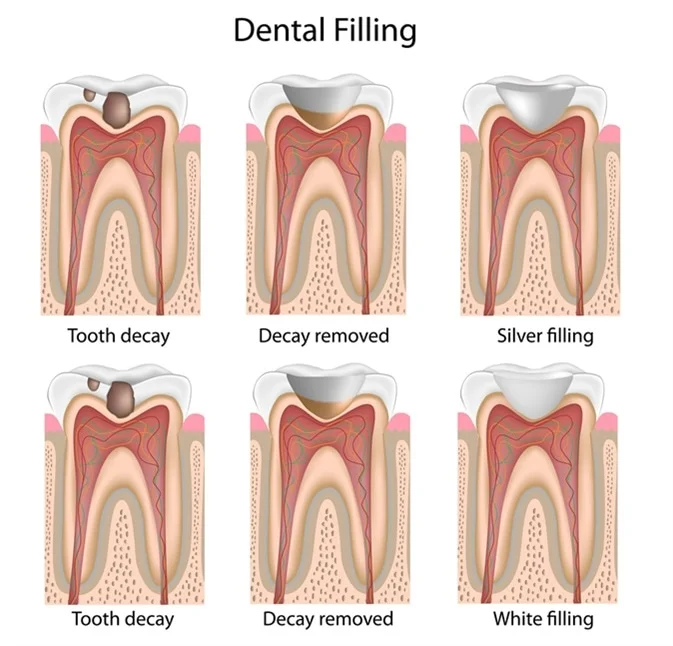
How are Fillings Made?
The procedure is simple and generally does not require much time – between 30 and 40 minutes during a dental consultation.
- Local anesthesia is used only in the area of the tooth to be treated to avoid discomfort and pain.
- Elimination of a cavity is done with a specialized instrument, although the sound can be annoying. Nonetheless, this type of instrument is necessary to make the procedure go faster.
- Preparation of the surface: Once caries has been eliminated, the preparation of the surface is carried out with a blue gel, an acid that eliminates the remains of the “dirt” and opens the hole that will receive the filling.
- Sealing with an adhesive is done before the filling, which by the way the filling is biocompatible, In most cases the material is resin, although other types such as glass ionomer or amalgam can also be used.
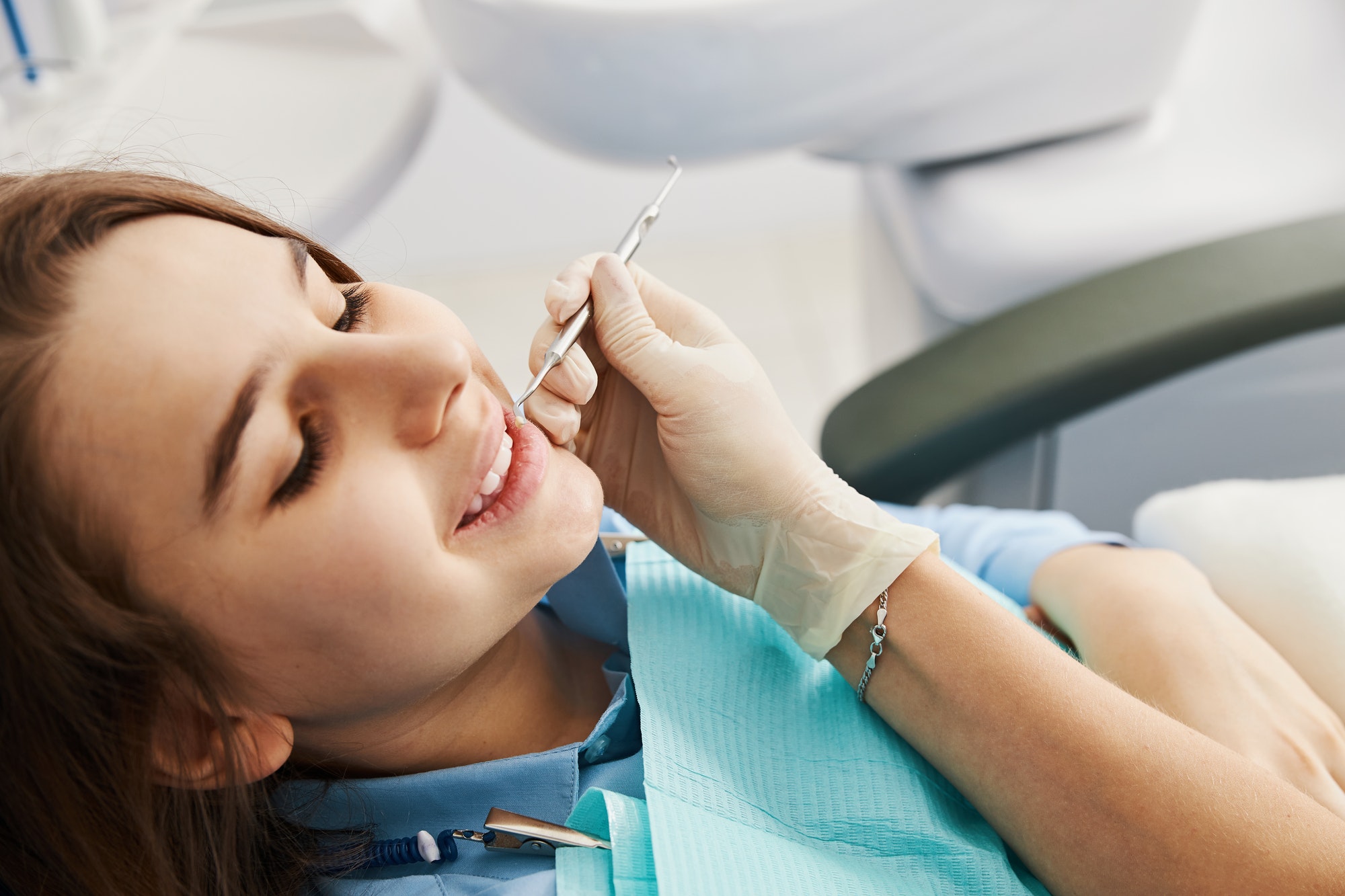
It should be noted that the most commonly used material is resin since it is similar in color to the tooth and is therefore more aesthetically pleasing. It also has good resistance to blows caused by chewing.
Once the material is packed into the cavity, it is dried with light and then adjusted to the patient’s bite. Adjusting the bite allows for a perfect result – as exact as possible to the anatomy of the tooth.
Polished: Finally the tooth is polished so that it appears smooth and shiny, allowing bacterial plaque to it so easily again.
Is it Normal to Have a Toothache After a Filling?
It may be normal to feel some type of discomfort or pain in the treated tooth; in some cases, it is due to a poor fit in the bite or irritation from the material used. The discomfort may lessen over time without the need for treatment or the use of pain relievers. Although if the discomfort persists or generates other types of problems such as swelling or fever, the treating dentist should be consulted again.
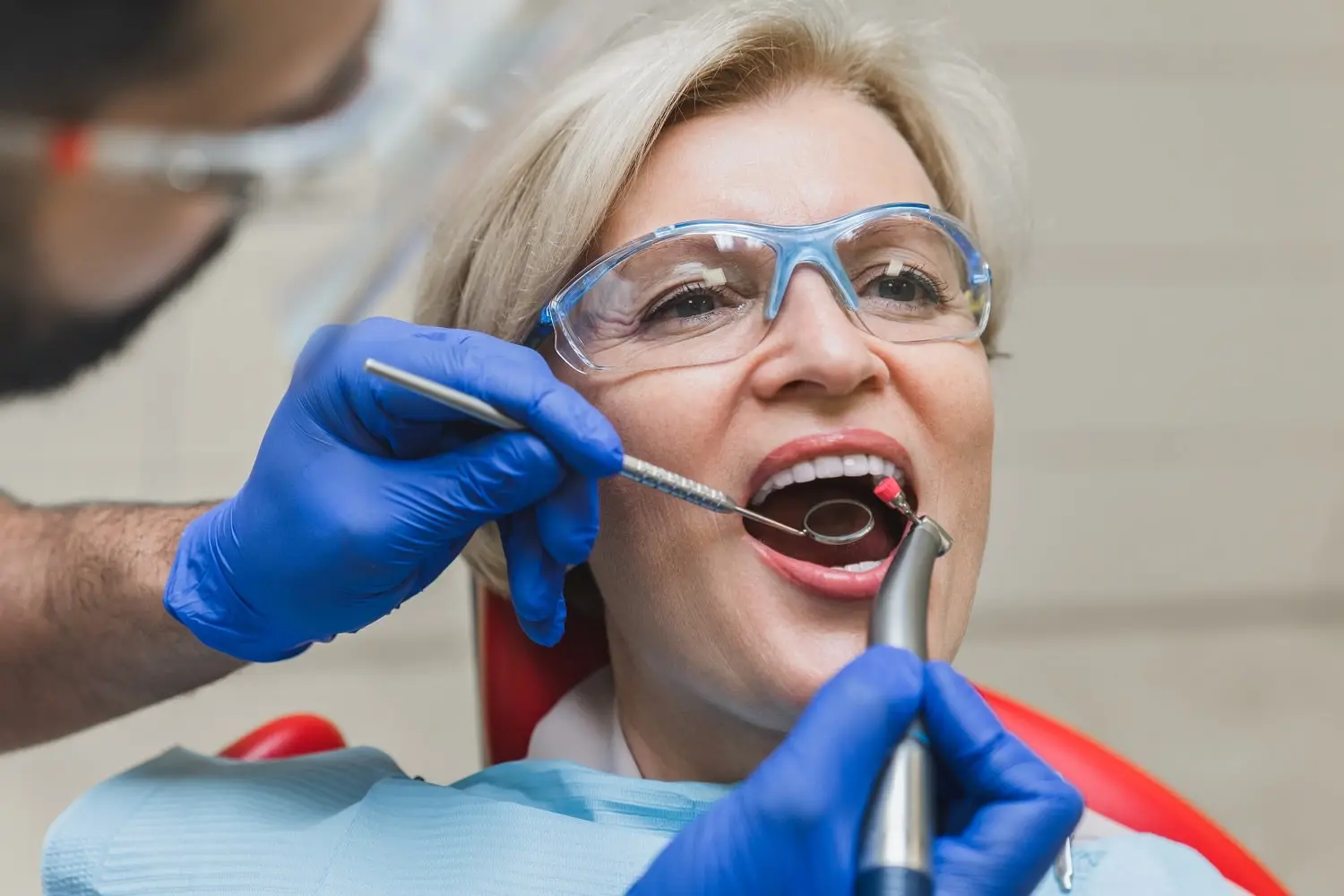
Tooth Sensitivity Right After a Filling
In most cases, after dental fillings there is no pain, discomfort, or sensitivity; however, some people may experience discomfort that usually appears when the effect of the anesthesia wears off. It can be triggered by contact with cold or heat. The sensation can arise quickly and also disappear. Factors that can trigger the discomfort are:
- By eating hot or cold food
- Air that enters the mouth when breathing
- Contact from the surface of the tooth with sweet or sugary
- foods Acidic foods such as fruits, juices, or coffee
- Or from normal chewing movements
Other Reasons Why Your Tooth Hurts After a Filling

In addition to the causes mentioned, sensitivity or pain can occur due to:
An Affected Nerve
in some cases, the cavity that remains after removing caries and cleaning the structure of the teeth can be very deep and close to the nerve, causing inflammation. In most cases, the inflammation disappears with the use of analgesics. In other cases the pulp retains the inflammation going from discomfort to unbearable pain
Pulpitis
the complete inflammation of the nerve that contains the tooth. In some cases, this does not occur due to the fillings themselves but is due to the:
- Trauma or blows to the treated tooth or teeth
- Previous failed treatments
For these cases, it is best to consult with the dentist who decides whether or not to remove the filling to treat the pulp. In this case, the treatment can consist of covering the pulp with material to protect it. Sometimes, it requires complete removal of the pulp or a root canal treatment.
Poorly Polished Seal
When the fillings are not well adjusted or polished, they generate premature contact that the patient can feel like stones when biting. If this occurs, the dentist can do a bite test to locate the contact in order to polish it and alleviate the discomfort.
How to Relieve Pain After a Cavity Filling
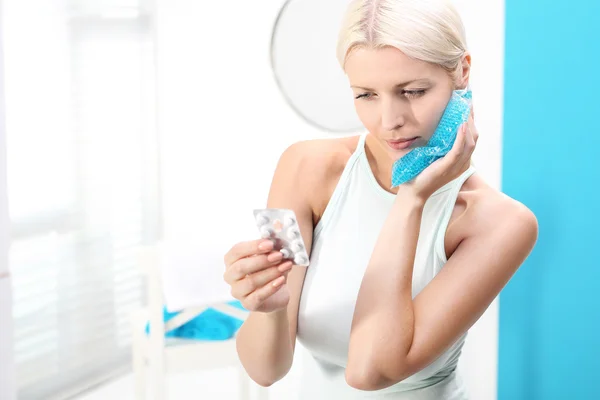
People who have sensitivity after dental fillings can:
- Consume over-the-counter pain relievers acetaminophen, paracetamol, or ibuprofen
- Use specific toothpaste to treat dental sensitivity
- Use chlorhexidine-based rinses, but they cannot be used for more than 5 days since they can cause permanent stains on the teeth.
- Use of hot or cold compresses applied directly to the cheek
- Avoid very cold, very hot, or acidic foods and drinks
In the event that the sensitivity worsens or that the treated area of the tooth becomes inflamed, generating heat or fever, the dentist should be consulted.
Contact us
If you have any questions about this or other topics, you can contact us at Channel Islands Family Dental as well as our page on Facebook. We look forward to your visit and we will make a timely diagnosis. Our dentists in Oxnard, Santa Paula, Ventura, Newbury Park, and Port Hueneme will be able to guide you toward the best treatment to take care of your health and give you back your best smile.
Bibliography
1. Consumer report. (August 23, 2023). Consumer report. Retrieved from The Best Dental Pain Medicines: https://www.consumerreports.org/en/health/the-best-dental-pain-medicines/
2. Elsevier. (October 1, 2004). Elsevier. Retrieved from Professional Pharmacy: https://www.elsevier.es/es-revista-farmacia-profesional-3-articulo-dolor-odontologico-13068668
3. hr-dental. (October 21, 2021). hr-dental. Obtained from Steps to place a photo-curable dental resin: https://hr-dental.com/pasos-para-colocar-una-resina-dental-foto-curable/
4. World Health Organization. (March 15, 2022). World health organization. Retrieved from oral health: https://www.who.int/es/news-room/fact-sheets/detail/oral-health#:~:text=Caries%20dental,-La%20caries%20dental&text=La%20ingesta %20abundant%20and%20continuous,p%C3%A9loss%20of%20teeth%20e%20infection%C3%B3n.
5. science direct. (01 of 04 of 2022). Journal of dentistry. Retrieved from Influence of dental fillings and tooth type on the performance of a novel artificial intelligence-driven tool for automatic tooth segmentation on CBCT images – A validation study: https://www.sciencedirect.com/science/article/abs/pii/ S0300571222001269?via%3Dihub



